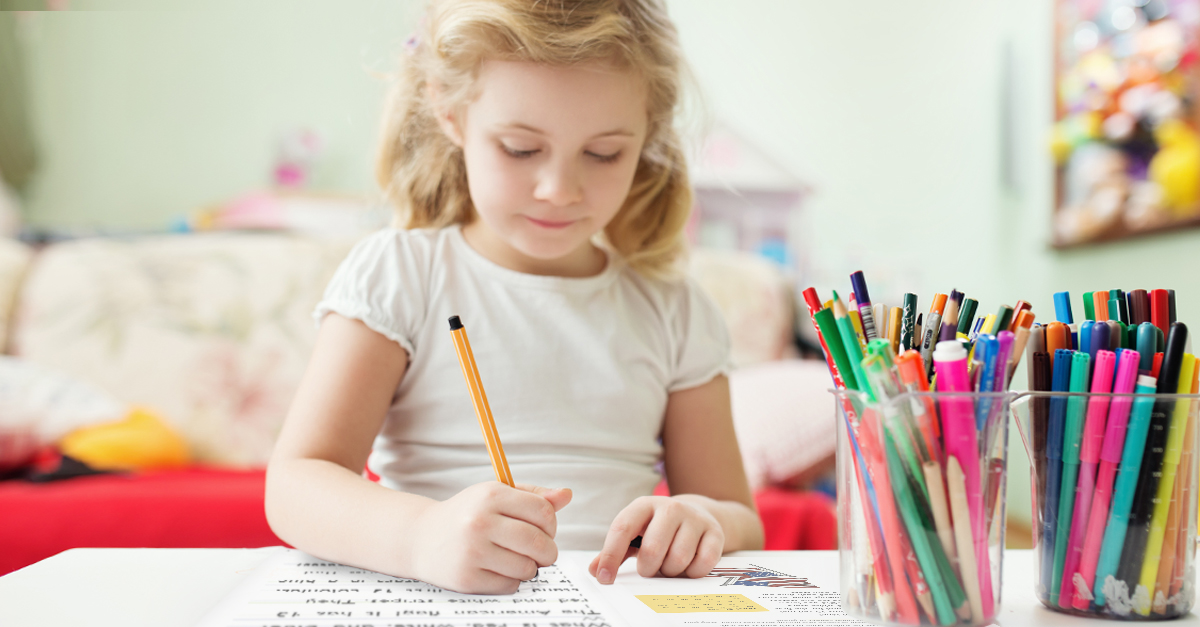What Makes Spelling You See Unique?

If you’ve ever taught a struggling speller (or been one yourself!), you’re well aware of the feelings of frustration and failure these students face.
They dread writing assignments because they know their papers will come back covered in red marks. They feel misunderstood when others trip on the errors in their writing and miss the message of the piece. It can be just as frustrating to teach these students, especially if you’re a good speller yourself.
We try everything we can think of: drilling phonics rules, creating word banks, having students rewrite misspelled words or consult the dictionary – yet certain students just can’t seem to spell.
According to research, spellers advance through a common progression of developmental stages as they develop spelling mastery.
Some of these stages last several years, although they’re independent from age or reading level, and students may move through more quickly or slowly than other kids, but they can’t be skipped.
Spelling You See follows these developmental stages.
A strong visual memory is essential to become a competent English speller; for young kids, this can be really difficult. Even if reading ability is excellent, spelling skills can seem to lag far behind.
Spelling You See: A Unique Spelling Program Based on Brain Research
Are you ready to try something unique?
We’re pretty confident it won’t look like any other spelling program you’ve tried. Knowing how students learn to spell and using a program based on research and developmentally-appropriate practices can help you guide students to becoming competent, confident spellers.
Spelling You See is a program that has been designed using the latest neurological research to guide students appropriately through the developmental stages of spelling. Here are some of the highlights of that research:
• Stress is bad for learning. The hippocampus, the part of the brain we need to move info from short-term to long-term storage, is extremely sensitive to cortisol – aka, “the stress hormone.” If we’re anxious or frustrated, we physically can’t learn easily. Does “anxious” or “frustrated” describe your speller? Spelling You See is designed to minimize stress.
• Spelling lists are boring. Regardless of reading level, Spelling You See uses short, interesting passages; carefully-researched, engaging illustrations; and top-quality colored pencils (or stickers, in Listen and Write).
• Shorter is better. Neurological researchers have found that the human brain can actively engage with a subject for a maximum of 10 minutes. Each Spelling You See activity is designed to fit within this time frame in order to provide an optimal learning experience for students.
• Context matters. Remember when we said spelling lists are boring? It’s easier to learn and remember material when it’s accompanied by meaning. We don’t use nonsense words, either – just real words in rhymes or nonfiction passages.
• Same old, same old. That’s not a bad thing; learning becomes permanent when information is repeated regularly over time. We apply the same set of core activities (listening, reading, copywork, chunking, and dictation) to each week’s words or lessons.
• Engages multiple senses. Yes, we just said “same old, same old,” but using a variety of senses in fun, colorful activities to interact with the lessons keeps things interesting. Remember those core activities we listed in the last bullet? Students using Spelling You See hear words and passages read aloud (auditory), mark letter patterns and word parts in different colors (visual), and write words in copywork and dictation exercises (kinesthetic). They’ll also read the passage aloud each day. Using all these senses enhances the student’s ability to master the correct spellings of words.